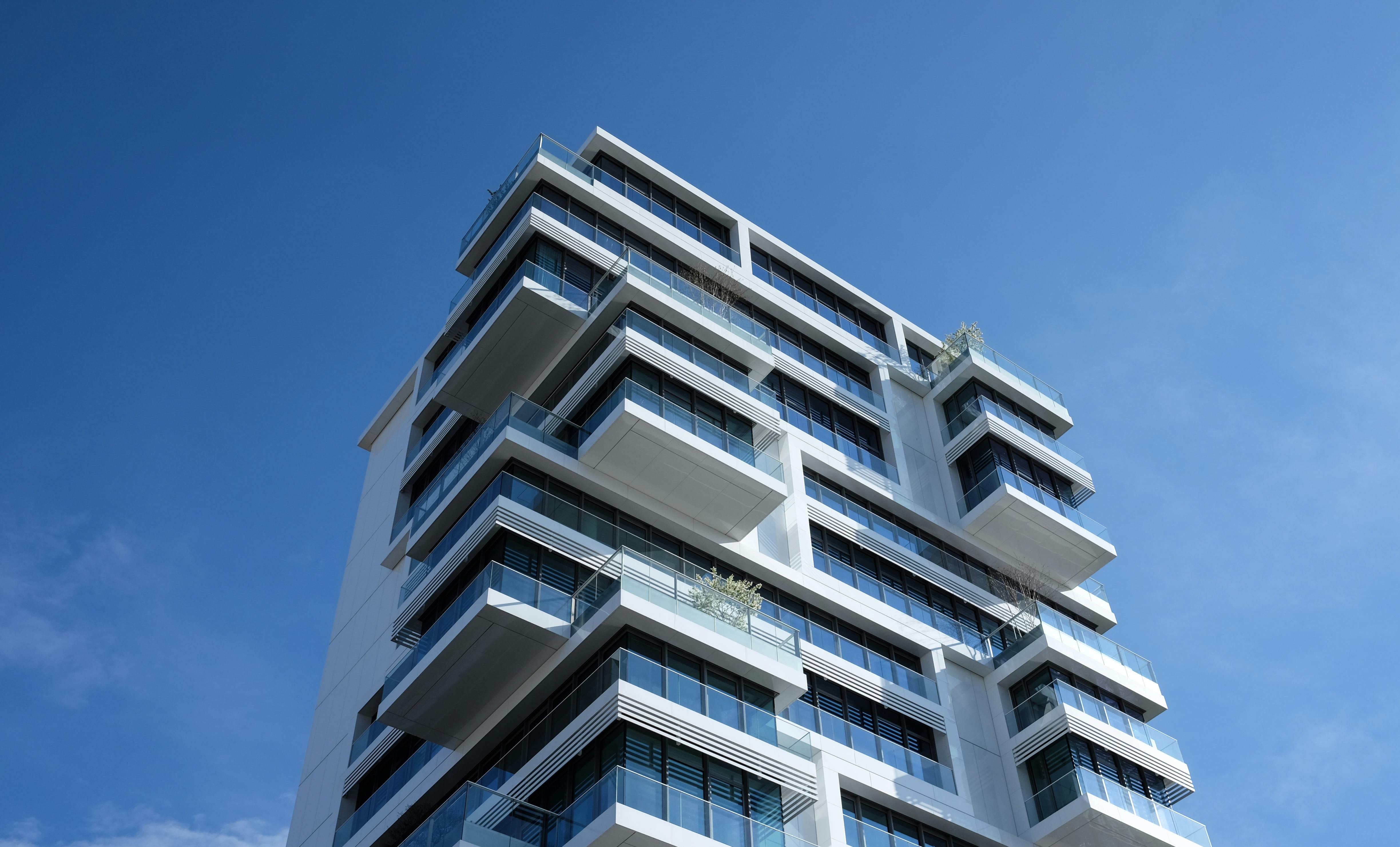
Low E to reduce heating bills
Although glass is not the best of conductors, heat loss from warm interiors to cool exteriors remains an age-old problem during cold seasons. In the search for better methods of conserving energy, advances in window design and manufacturing continue to spawn a variety of solutions ranging from thicker panes, multi-layer panes, and the application of additional coatings to panes. Low-E glass is in the final category and has the ability to keep heat where it belongs.
Since the goal of energy conservation is to retain as much heat inside as possible during the winter season and reflect as much heat as possible during the summer season, Low E replacement glass is proving to be the mechanism ideal. Gaining popularity among private and commercial property owners, residents subject to a cycle of hot and cold seasons enjoy the benefits of this special coating on their windows. Although it comes at a much higher price compared to the conventional method, the apparent savings in heating and air conditioning costs justify its inclusion in daily life.
By combining the capabilities of Low-E glass in a double or triple pane configuration, it can prove to be the ultimate solution for thermal insulation. As each layer of each panel is specially treated with an extremely thin layer of ceramic or metal being bonded to the glass, a thin layer of air or gas is also trapped between these panels to form an additional barrier against heat traveling from a side. from one window to the other. With the heat being reflected in the direction according to the cladding of the individual panels, one is sure to enjoy cozy winter nights and cool summer evenings.
By incorporating Low E replacement glass into a new window installation, you are essentially implementing a method of resisting heat transfer. In the event that dual or triple pane options are too costly to implement, a single pane of such glass with a solar film application may suffice for most needs. The film also helps prevent the coating from scratching and rusting. Although this mode of thermal insulation may sound like the perfect end to woolen long johns and high utility bills, the cost of implementing this solution often leads many to look to other alternatives, such as physical walls and planked windows. Only time will tell if and when it matches the average homeowner’s budget.
